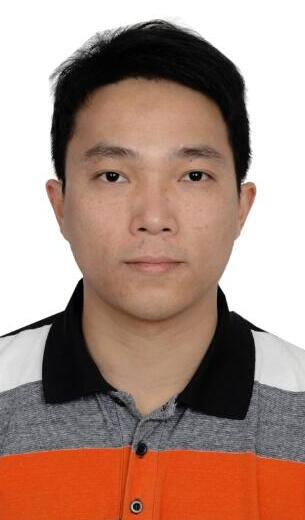Program Information
Scatter Correction for Clinical Cone-Beam CT System Using An Optimized Stationary Beam Blocker with a Single Scan
x liang1, S Gong2,3 , Q Zhou2 , Z Zhang1 , Y Xie1* , T Niu2,3 , (1) Shenzhen Institutes of Advanced Technology, Chinese Academy of Sciences, Shenzhen, GuangDong, (2) Department of Radiation Oncology, Sir Run Run Shaw Hospital, Zhejiang University School of Medicine, Hangzhou, Zhejiang, (3) Institute of Translational Medicine, Zhejiang University, Hangzhou, Zhejiang
Presentations
SU-F-J-211 (Sunday, July 31, 2016) 3:00 PM - 6:00 PM Room: Exhibit Hall
Purpose:X-ray scatter photons result in significant image quality degradation of cone-beam CT (CBCT). Measurement based algorithms using beam blocker directly acquire the scatter samples and achieve significant improvement on the quality of CBCT image. Within existing algorithms, single-scan and stationary beam blocker proposed previously is promising due to its simplicity and practicability. Although demonstrated effectively on tabletop system, the blocker fails to estimate the scatter distribution on clinical CBCT system mainly due to the gantry wobble. In addition, the uniform distributed blocker strips in our previous design results in primary data loss in the CBCT system and leads to the image artifacts due to data insufficiency.
Methods:We investigate the motion behavior of the beam blocker in each projection and design an optimized non-uniform blocker strip distribution which accounts for the data insufficiency issue. An accurate scatter estimation is then achieved from the wobble modeling. Blocker wobble curve is estimated using threshold-based segmentation algorithms in each projection. In the blocker design optimization, the quality of final image is quantified using the number of the primary data loss voxels and the mesh adaptive direct search algorithm is applied to minimize the objective function. Scatter-corrected CT images are obtained using the optimized blocker.
Results:The proposed method is evaluated using Catphan@504 phantom and a head patient. On the Catphan©504, our approach reduces the average CT number error from 115 Hounsfield unit (HU) to 11 HU in the selected regions of interest, and improves the image contrast by a factor of 1.45 in the high-contrast regions. On the head patient, the CT number error is reduced from 97 HU to 6 HU in the soft tissue region and image spatial non-uniformity is decreased from 27% to 5% after correction.
Conclusion:The proposed optimized blocker design is practical and attractive for CBCT guided radiation therapy.
Funding Support, Disclosures, and Conflict of Interest: This work is supported by grants from Guangdong Innovative Research Team Program of China (Grant No. 2011S013), National 863 Programs of China (Grant Nos. 2012AA02A604 and 2015AA043203), the National High-tech R&D Program for Young Scientists by the Ministry of Science and Technology of China (Grant No. 2015AA020917)
Contact Email:

